How Medical AI Achieves EU Certification: Benefits and Risks
AI in healthcare is revolutionizing diagnostics, patient care, and medical device functionality. However, in the European Union, the deployment of AI in medical settings is strictly regulated under the EU AI Act, which classifies medical AI as a high-risk application. This classification means that medical AI systems must meet stringent certification requirements before entering the market. This article explores how AI systems used in medical devices can achieve EU certification, the real-world benefits and risks associated with their use, and best practices for compliance and responsible usage. We also recommend a reliable, legal AI tool-HitPaw VikPea-for enhancing medical visuals and non-clinical video materials.

Part 1: Medical AI as a High-Risk Application Under the EU AI Act
AI used in medical devices is considered high-risk under the EU Artificial Intelligence Act, which is designed to ensure transparency, safety, and fundamental rights protection. According to the Act, high-risk systems are those that significantly affect people's health, safety, or legal status.
1. Medical AI applications considered high-risk include
- Diagnostic tools using AI for image analysis (CT, MRI, X-ray)
- Clinical decision support systems (CDSS)
- Surgical robots with AI components
- AI-based predictive models for critical care (e.g. sepsis prediction)
As these systems directly impact patient outcomes, they must undergo a conformity assessment and meet requirements under both the EU Medical Device Regulation (MDR) and the AI Act.
2. Medical AI Applications in Healthcare
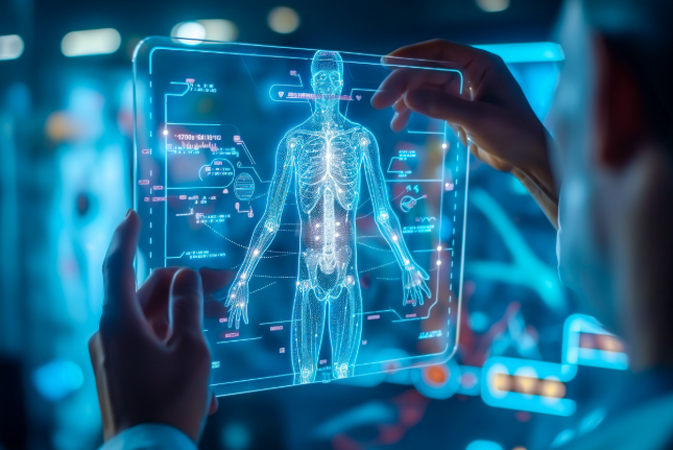
AI is revolutionizing healthcare by automating and improving tasks once reliant solely on human expertise. In medical devices, AI systems are applied in several critical areas:
- Disease Diagnosis: AI algorithms analyze medical images such as X-rays, MRIs, and CT scans to detect abnormalities, tumors, or fractures faster and sometimes more accurately than human radiologists. For example, AI-powered tools aid in early cancer detection by identifying suspicious lesions invisible to the naked eye.
- Surgical Assistance: Robotics integrated with AI assist surgeons in performing minimally invasive procedures with precision. AI helps interpret real-time data during operations, providing recommendations and improving outcomes.
- Patient Monitoring: AI algorithms analyze continuous streams of patient vitals in intensive care units to predict health deteriorations or detect signs of infection before clinical symptoms appear.
- Personalized Treatment Plans: Machine learning models assess patient data and genetic profiles to recommend tailored therapies, improving treatment effectiveness.
These applications have the potential to reduce medical errors, increase efficiency, and expand access to quality care, especially in underserved areas. The integration of AI into medical devices accelerates healthcare innovation but also heightens the stakes for safety and reliability.
Part 2: How to Legally Deploy Medical AI in the EU
1. Understanding EU Certification for Medical AI
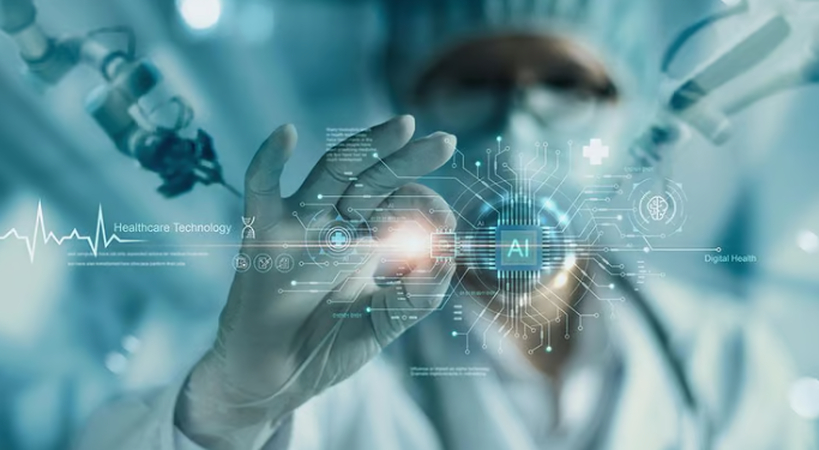
The EU AI Act classifies AI systems used in medical devices as "high-risk" due to their significant impact on human health and safety. To ensure the safety and effectiveness of AI-enabled medical devices in the EU, developers must follow a structured process governed by both the MDR and the AI Act. Key requirements include:
Risk Management and Mitigation: Manufacturers must implement comprehensive risk assessment processes to identify, evaluate, and reduce potential hazards related to AI decision-making.
Data Quality and Governance: Training data must be high quality, representative, and free from bias to prevent errors or unfair treatment. Proper documentation of data sources and usage is mandatory.
Transparency and Explainability: Medical AI systems should provide clear information to healthcare professionals and patients about how decisions are made, ensuring accountability.
Robust Performance Evaluation: Continuous testing and validation against real-world scenarios are required to confirm the AI's accuracy, reliability, and robustness.
Human Oversight: Systems must enable meaningful human intervention to prevent or correct AI errors.
2. Achieving EU Certification for AI in Medical Devices
- 1. Risk Classification:Determine the device class under MDR (e.g., Class IIa, IIb, or III) and risk level under the AI Act.
- 2. Conformity Assessment:Submit the AI system for review by an authorized Notified Body.
- 3. Documentation:Provide technical files demonstrating:
- Robust data governance
- Bias detection and mitigation mechanisms
- Human oversight protocols
- System transparency and interpretability
- 4. Post-Market Surveillance:Ensure mechanisms are in place for monitoring system performance and reporting adverse events.
Once these steps are successfully completed, the product can receive CE marking, allowing it to be sold across EU member states.
For non-EU manufacturers, entering the EU market means navigating these regulations carefully, often requiring collaboration with local regulatory experts to ensure compliance.
Part 3: Risks and Best Practices of Using AI in Medical Devices
1. Risks Associated with Using AI in Medical Devices
Despite its benefits, AI in medical devices carries inherent risks:
Data Privacy Concerns: Sensitive patient information used to train AI models risks exposure if not properly secured, violating GDPR and harming patient trust.
Algorithmic Bias: AI trained on unrepresentative datasets may perform poorly on certain populations, leading to misdiagnoses or unequal treatment.
System Failures: Technical glitches or cyberattacks could disrupt AI functions, delaying critical medical decisions.
Over-reliance on AI: Healthcare providers may become overly dependent on AI outputs, potentially overlooking errors or context-specific factors.
Liability and Ethical Issues: Determining responsibility for AI-driven errors remains complex, raising questions about accountability and informed consent.
Example: In one case, an AI system trained on chest X-rays misclassified patients due to poor labeling and limited demographic diversity. Such failures highlight the need for diverse, high-quality data and rigorous validation.
2. Best Practices for Safe and Compliant Use of Medical AI
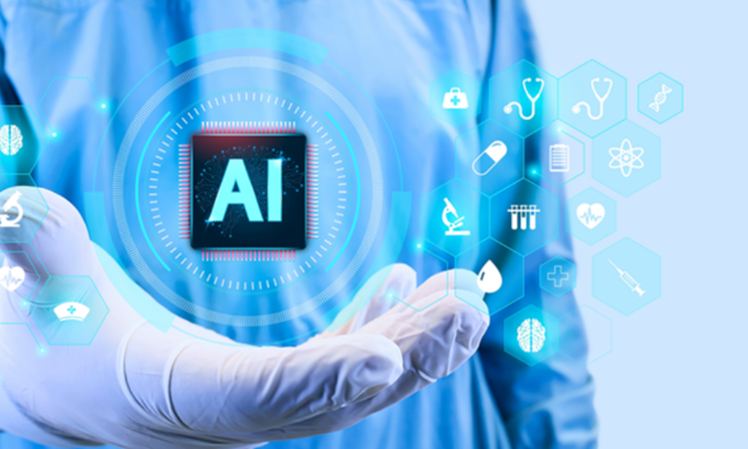
To maximize the benefits of medical AI while reducing risks, both developers and healthcare institutions must follow responsible practices.
Rigorous Testing: Validate AI models extensively on diverse datasets before deployment and update regularly to adapt to new data.
Strong Data Protection: Use encryption, anonymization, and strict access controls to safeguard patient data.
Training and Awareness: Educate healthcare staff on AI capabilities and limitations to encourage critical assessment rather than blind trust.
Human-in-the-Loop Systems: Ensure AI supports but does not replace clinical judgment, maintaining a balance between automation and oversight.
Clear Regulatory Compliance: Adhere to EU certification and documentation requirements, demonstrating transparency and accountability.
Through collaboration among developers, regulators, and healthcare providers, these risks can be managed effectively, allowing AI to improve healthcare without compromising safety.
Bonus: How to Use Video Enhancement for Medical Content Legally
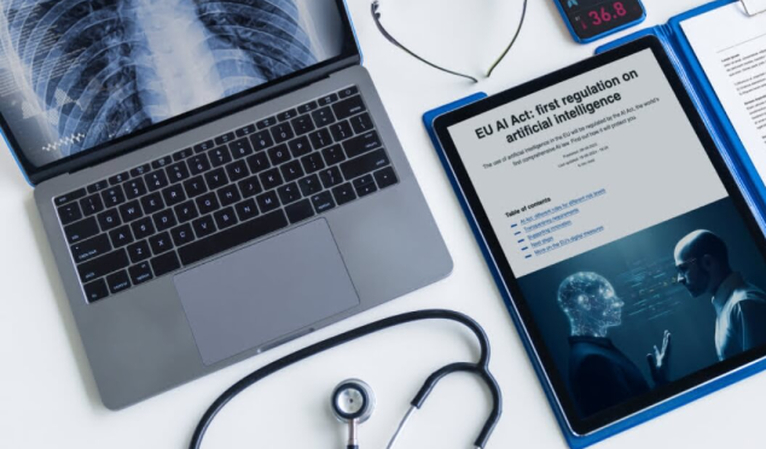
While AI in medical diagnosis requires heavy regulation, not all AI tools fall into the high-risk category. HitPaw VikPea is an excellent example of a compliant, non-clinical AI tool ideal for healthcare communication, education, and marketing.
HitPaw VikPea offers:
- Video Repair: Fix broken or damaged visuals
- Resolution Enhancement: Upscale old footage for clarity
- Noise Reduction: Clean up background artifacts
This tool is particularly useful for:
- Telemedicine demonstrations
- Patient education content
- Training videos for medical staff
Importantly
HitPaw VikPea does not process diagnostic or sensitive medical data, making it a lawful and effective solution for video enhancement in non-clinical environments.
FAQ About Medical AI and EU Certification
Q1. What classifies medical AI as high-risk under the EU AI Act?
A1. Medical AI that directly impacts diagnosis, treatment, or patient safety is classified as high-risk, requiring stricter certification and monitoring.
Q2. How does EU certification ensure the safety of AI in medical devices?
A2. By mandating rigorous testing, transparency, risk management, and human oversight, the EU certification process helps ensure AI systems perform reliably and safely.
Q3. How can healthcare providers minimize AI-related risks?
A3. Providers should undergo training, apply human oversight, ensure data security, and choose certified AI tools compliant with regulations.
Q4. Are AI medical devices from outside the EU subject to the same rules?
A4. Any AI device marketed in the EU must comply with the EU AI Act, regardless of its origin.
Q5. Can open-source AI models be used in certified medical devices?
A5. Yes, but only if the model's training, validation, and integration meet EU requirements and go through the proper conformity assessments.
Conclusion
Medical AI represents a transformative leap in healthcare delivery, promising improved accuracy, efficiency, and personalized care. However, due to its high stakes, only when developed and deployed responsibly. By adhering to the EU's regulatory frameworks, stakeholders can ensure that these technologies remain both innovative and safe.
For those in healthcare communications or education, tools like HitPaw VikPea offer a powerful way to enhance video content legally and effectively, without entering the regulated space of clinical diagnostics.










 HitPaw Univd (Video Converter)
HitPaw Univd (Video Converter) HitPaw VoicePea
HitPaw VoicePea 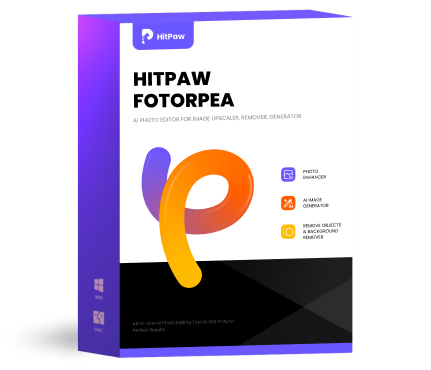 HitPaw FotorPea
HitPaw FotorPea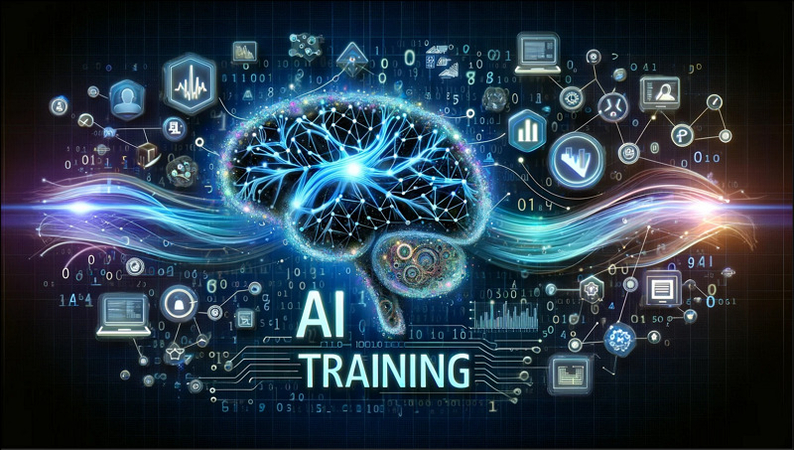



Share this article:
Select the product rating:
Daniel Walker
Editor-in-Chief
This post was written by Editor Daniel Walker whose passion lies in bridging the gap between cutting-edge technology and everyday creativity. The content he created inspires the audience to embrace digital tools confidently.
View all ArticlesLeave a Comment
Create your review for HitPaw articles